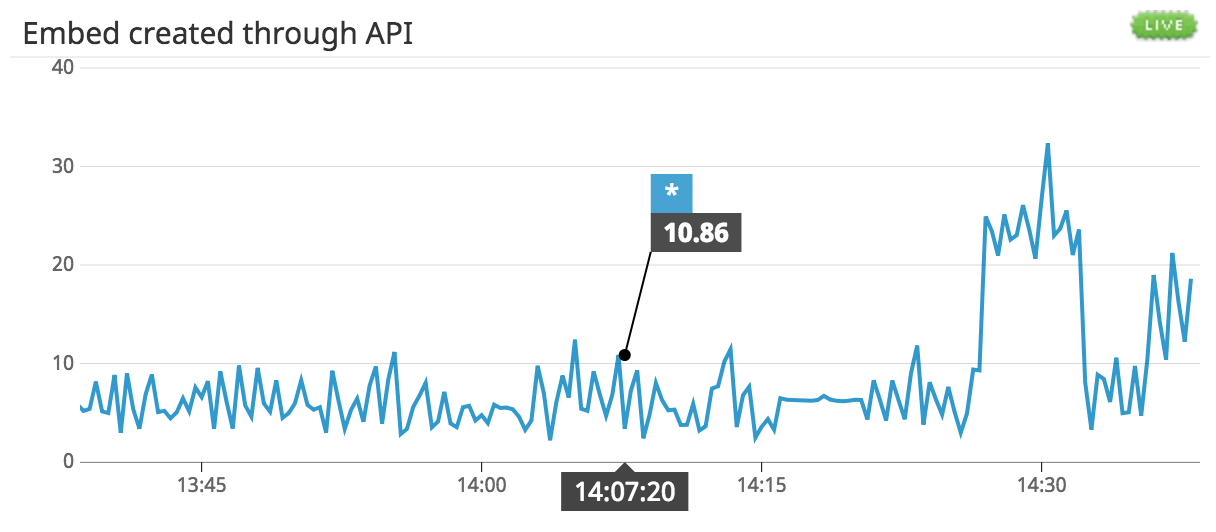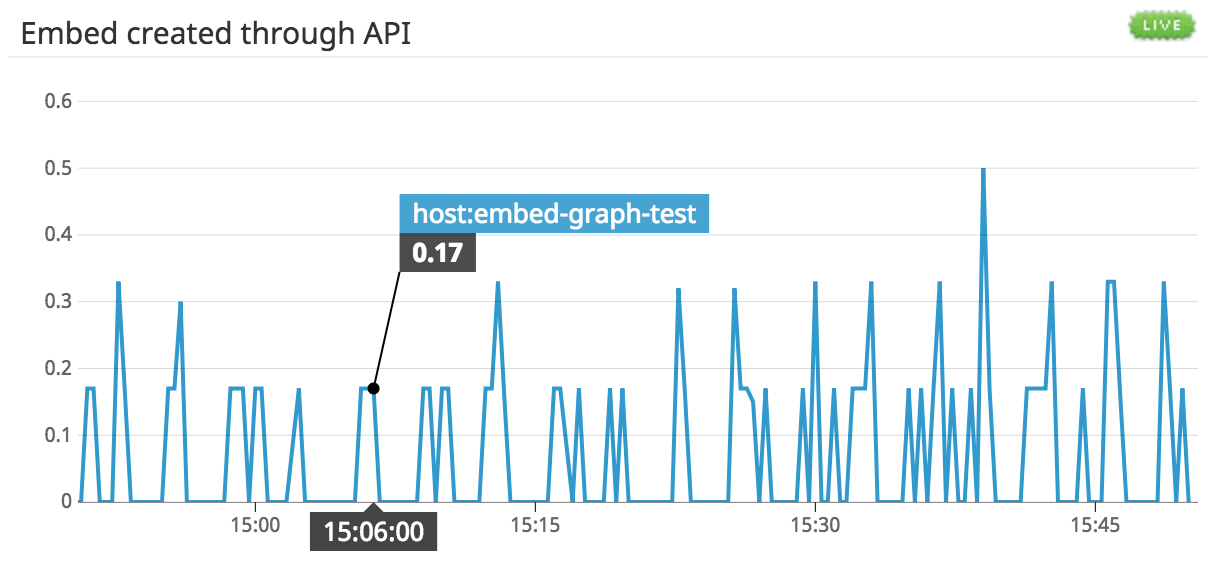- Essentials
- Getting Started
- Datadog
- Datadog Site
- DevSecOps
- Serverless for AWS Lambda
- Agent
- Integrations
- Containers
- Dashboards
- Monitors
- Logs
- APM Tracing
- Profiler
- Tags
- API
- Service Catalog
- Session Replay
- Continuous Testing
- Synthetic Monitoring
- Incident Management
- Database Monitoring
- Cloud Security Management
- Cloud SIEM
- Application Security Management
- Workflow Automation
- CI Visibility
- Test Visibility
- Intelligent Test Runner
- Code Analysis
- Learning Center
- Support
- Glossary
- Standard Attributes
- Guides
- Agent
- Integrations
- OpenTelemetry
- Developers
- Authorization
- DogStatsD
- Custom Checks
- Integrations
- Create an Agent-based Integration
- Create an API Integration
- Create a Log Pipeline
- Integration Assets Reference
- Build a Marketplace Offering
- Create a Tile
- Create an Integration Dashboard
- Create a Recommended Monitor
- Create a Cloud SIEM Detection Rule
- OAuth for Integrations
- Install Agent Integration Developer Tool
- Service Checks
- IDE Plugins
- Community
- Guides
- API
- Datadog Mobile App
- CoScreen
- Cloudcraft
- In The App
- Dashboards
- Notebooks
- DDSQL Editor
- Sheets
- Monitors and Alerting
- Infrastructure
- Metrics
- Watchdog
- Bits AI
- Service Catalog
- API Catalog
- Error Tracking
- Service Management
- Infrastructure
- Application Performance
- APM
- Continuous Profiler
- Database Monitoring
- Data Streams Monitoring
- Data Jobs Monitoring
- Digital Experience
- Real User Monitoring
- Product Analytics
- Synthetic Testing and Monitoring
- Continuous Testing
- Software Delivery
- CI Visibility
- CD Visibility
- Test Visibility
- Intelligent Test Runner
- Code Analysis
- Quality Gates
- DORA Metrics
- Security
- Security Overview
- Cloud SIEM
- Cloud Security Management
- Application Security Management
- AI Observability
- Log Management
- Observability Pipelines
- Log Management
- Administration
Embeddable Graphs with Template Variables
Embeddable graphs created with the API accept template variables. Below is an example utilizing Python to query avg:system.cpu.user{$var}. In this example, $var is the template variable. Note: This method only supports graphs with timeseries visualization.
from datadog import initialize, api
import json
# Initialize request parameters with Datadog API/APP key
options = {
'api_key': '<DATADOG_API_KEY>',
'app_key': '<DATADOG_APPLICATION_KEY>'
}
initialize(**options)
# Create an embed graph definition as a dict and format as JSON
graph_json = {
"requests": [{
"q": "avg:system.cpu.user{$var}"
}],
"viz": "timeseries",
"events": []
}
graph_json = json.dumps(graph_json)
api.Embed.create(
graph_json=graph_json,
timeframe="1_hour",
size="medium",
legend="no"
)
Example response:
{
'embed_id': '<EMBED_ID>',
'revoked': False,
'template_variables': ['var'],
'html': '<iframe src="https://app.datadoghq.com/graph/embed?token=<EMBED_TOKEN>&height=300&width=600&legend=false&var=*" width="600" height="300" frameBorder="0"></iframe>',
'graph_title': 'Embed created through API',
'dash_url': None,
'shared_by': 734258,
'dash_name': None
}
Display the embed graph on a website by using the HTML in the response object. Notice the $var template variable is set to * by default in the iframe URL. This is the equivalent of the query avg:system.cpu.user{*}.
<iframe src="https://app.datadoghq.com/graph/embed?token=<EMBED_TOKEN>&height=300&width=600&legend=false&var=*" width="600" height="300" frameBorder="0"></iframe>
Example embed:
Use the template variable to change the graph by updating the iframe URL to define a filter. In the HTML below, * is replaced with host:embed-graph-test.
<iframe src="https://app.datadoghq.com/graph/embed?token=<EMBED_TOKEN>&height=300&width=600&legend=false&var=host:embed-graph-test" width="600" height="300" frameBorder="0"></iframe>
Example embed:
Further Reading
Additional helpful documentation, links, and articles:


